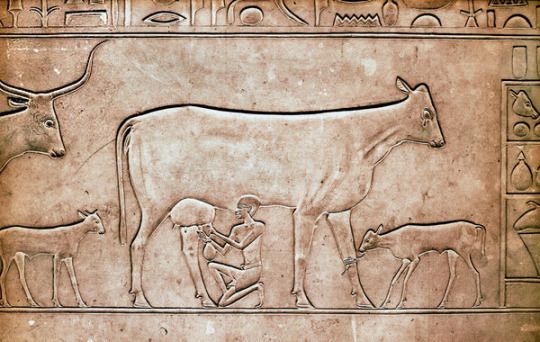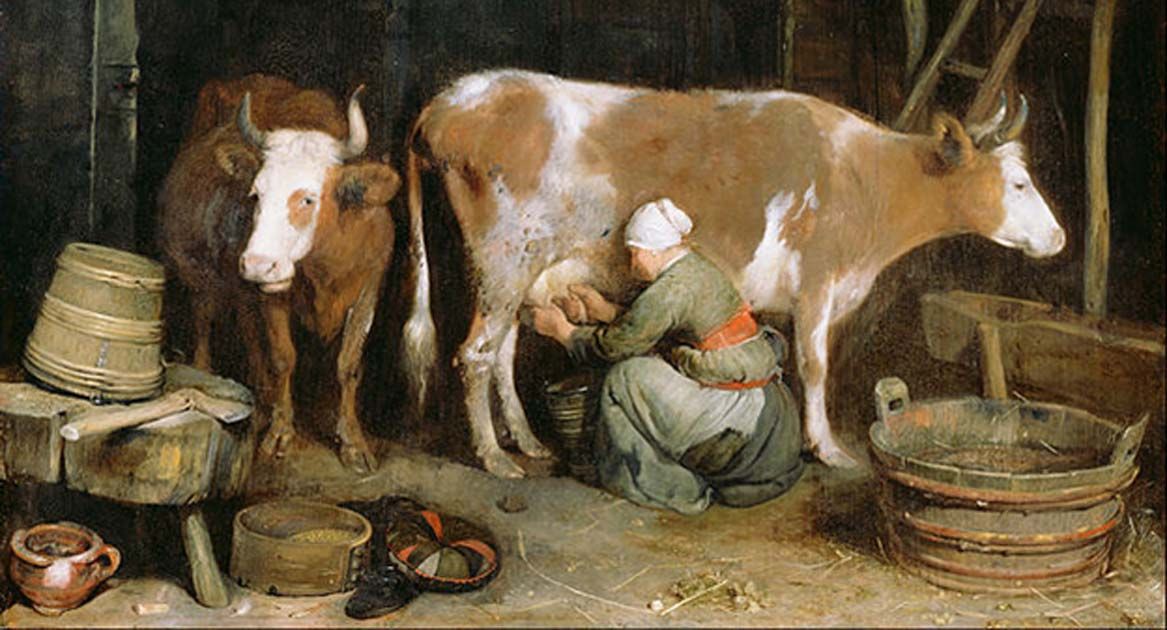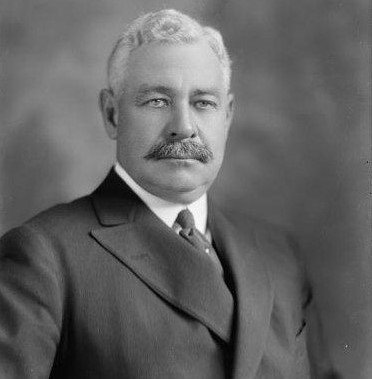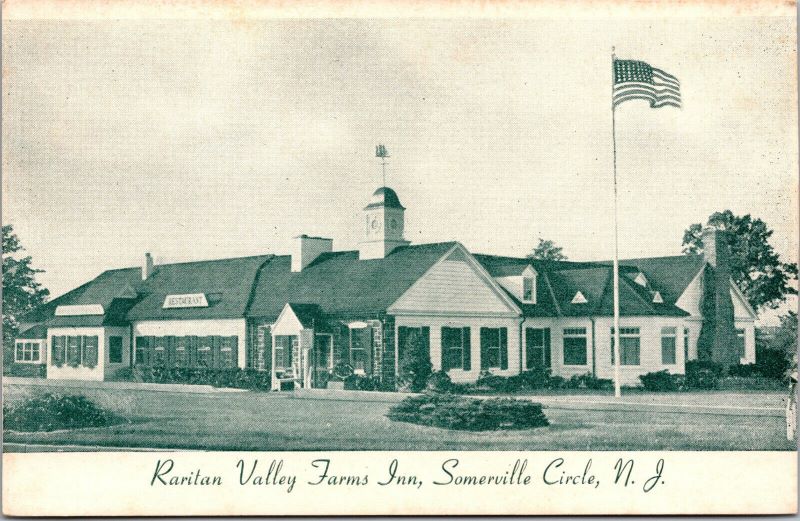By Bruce Doorly

But the need for this box went away decades ago. For this is the box that the milkman once put the glass bottles of milk into several mornings a week. Perhaps they did not want to part with a nostalgic item from a simpler time.

Archeologists tell us that humans have been consuming the milk of other mammals since around 8000 BC. Many types of animals such as goats, sheep, and camels have been used over the centuries. But the cow proved to be the best animal for obtaining milk as they were easy to work with and they produced a lot of milk.
When the Europeans immigrated to North America they brought cows with them. In colonial America most families had a family cow or two and plenty of land to hold them. As the population moved to the cities and there were no longer acres available to every family, the need for dairies to produce and deliver milk arose.

But throughout the century the cleanliness of milk was a major issue. Milk, even in its purest state, is a perishable commodity. Infant mortality rates, very high in those days, was accurately thought to be related to bad milk.

In 1907, State Senator Joseph Frelinghuysen from Raritan felt that milk needed to be healthier. He worked with child specialist Dr. Henry Colt to establish guidelines and standards for milk. Joseph Frelinghuysen had legislation passed to put these guidelines in law.
He then went one big step further and created the Raritan Valley Farms Dairy (RVF) to test the implementation and monitor the results of these new controls. Obtaining land in Bridgewater, he started a dairy - purchasing cows and milk processing equipment. His dairy farm was operated under the supervision of physicians and health officials. The project claimed the interest of dairy and medical professionals throughout the country. The intense interest was due to recent increases in diseases and undernourishment in children.
Raritan Valley Farms with a reputation for milk purity grew as a business and expanded into other towns. As the company grew, a second milk processing plant with herds of cows was built on Route 206 on property that was in both Somerville and Raritan. (The year of this is unknown.)
It is an often-told tale how the building for the milk processing plant was on the Somerville side of 206, but the grazing fields for the cows was on the Raritan side. When the cows had to be milked, they traveled through a tunnel under Route 206.

Raritan Valley Farms for decades had their own cows that produced the milk. But in the mid-fifties they decided to concentrate on just milk processing, bottling, and distribution. In 1952 the cows were gone from the Somerville/Raritan location. Then in 1954 Raritan Valley Farms closed the Bridgewater farm and sold the 170 acres of land to Ethicon.
RVF then contracted out with many other dairies to deliver them the raw milk.
In 1961 they opened two restaurants called “The Minuteman” which served ice cream and sandwiches. One was on 206 in Somerville by the milk processing plant and the other was in Bernardsville.
But by 1969 the dairy industry and consumer buying habits had changed. The once thriving Raritan Valley Farms, which had served the public so well for years, shocked the local community when they declared bankruptcy.
Daily milk consumption and thus milk delivery became common in the late 1800s.
With the perishable nature of milk combined with the lack of refrigeration, daily delivery was how most people got their milk.
It was around the 1930s that milk delivery began its slow decline. By 1963 30% of Americans still had their milk delivered. By 1975 this declined to 7%.
A friendly milkman dressed in white delivering milk to the house is a nostalgic image of the 1950s.
In reality, things were different. Raritan’s Al Capetta worked as a milkman one summer in 1957 when he was seventeen delivering Raritan Valley Farms milk. Al never dressed in white.
What he remembers most is that the job kept him in good shape. The truck had to be loaded from the Route 206 processing plant with many heavy cartons each containing a dozen milk bottles. The open-air truck was not refrigerated so they had to pour mounds of ice on top of the milk to keep it cold. There were hundreds of Raritan homes on their route. Unlike today, there was only one kind of milk.
Over the years milk processing has evolved. Cows that were milked by hand for decades now have special equipment that attaches to the cow’s udders that automates the milking.
Advances in nutrition and genetics allow the cows today to produce almost ten gallons a day – two and a half times their natural output eighty years ago.
Harmful bacteria in milk are killed in a process called pasteurization (which started around 1900). This process heats the milk to 160 degrees for just 15 seconds, resulting in the killing of bacteria while preserving the taste of the milk.
Raw milk from a cow naturally separates into skim milk at the bottom and cream at the top. Mixing up the milk was once a daily process done by the customer. (But for some the cream was welcome as it was saved for coffee.)
Beginning in 1950 most milk no longer needed mixing as a process called homogenization ensured that the cream no longer rose to the top.